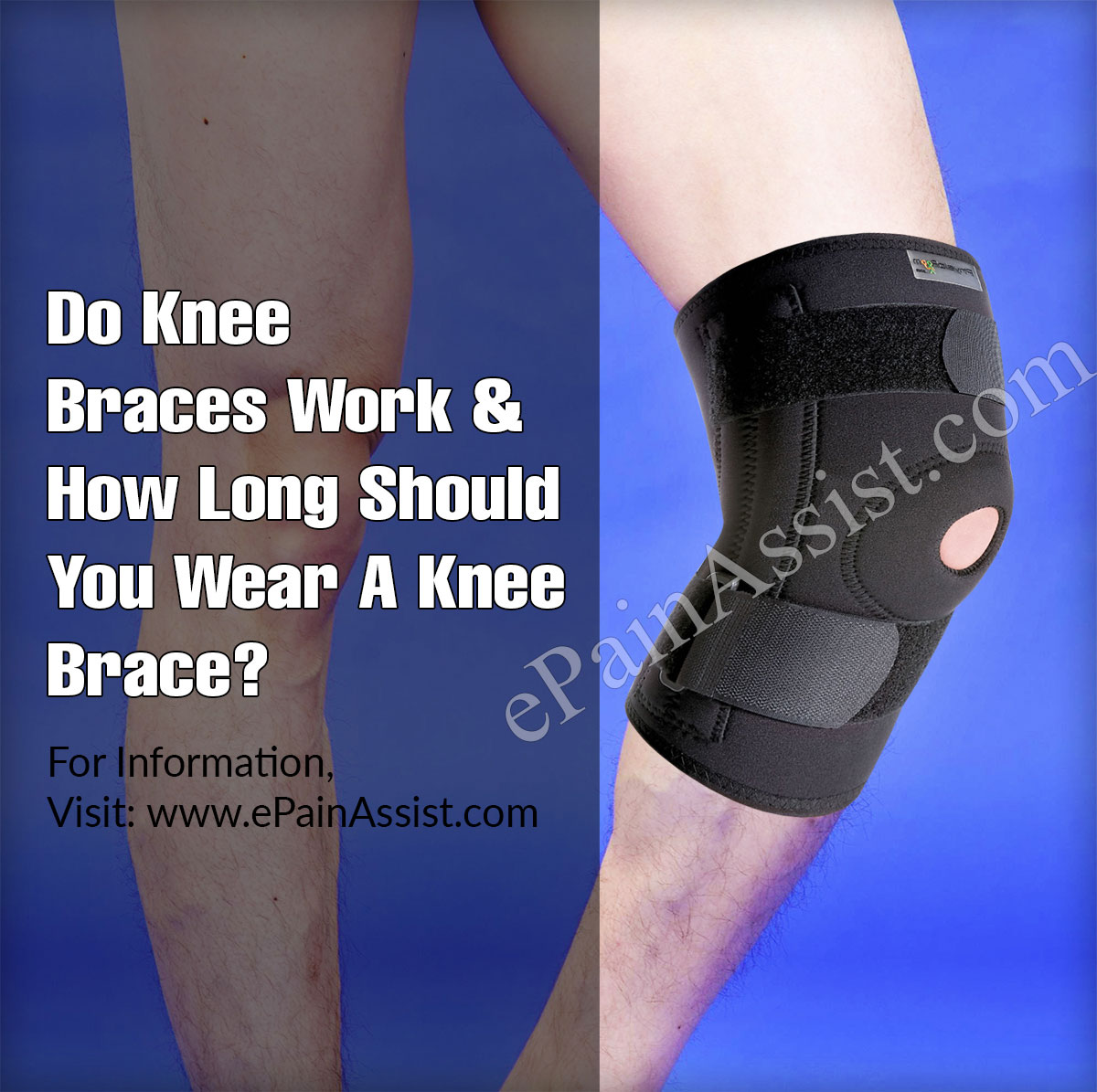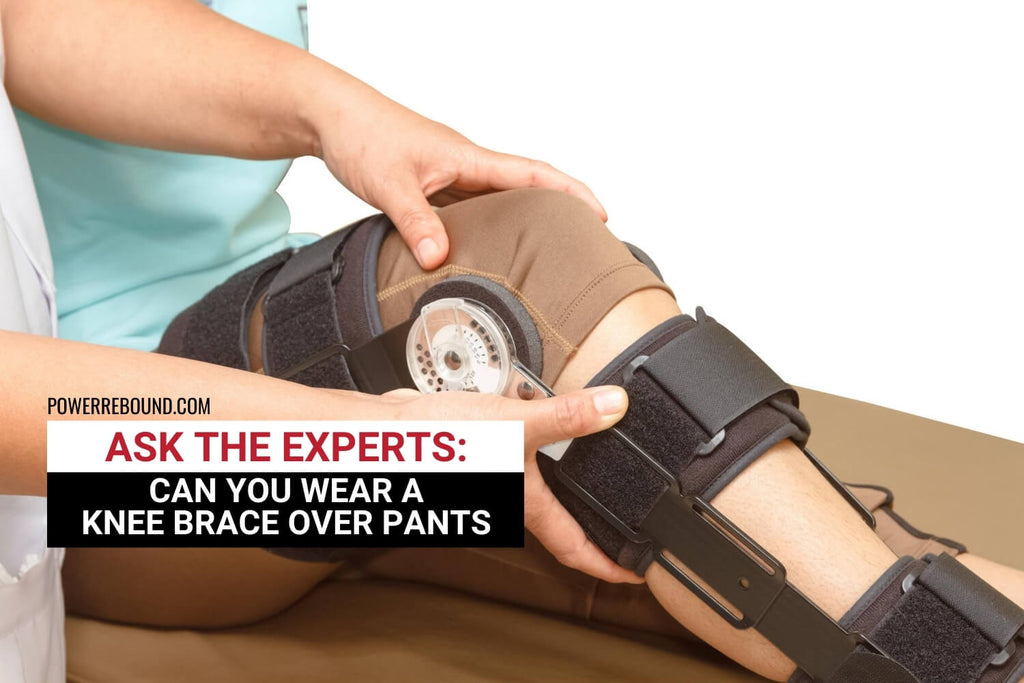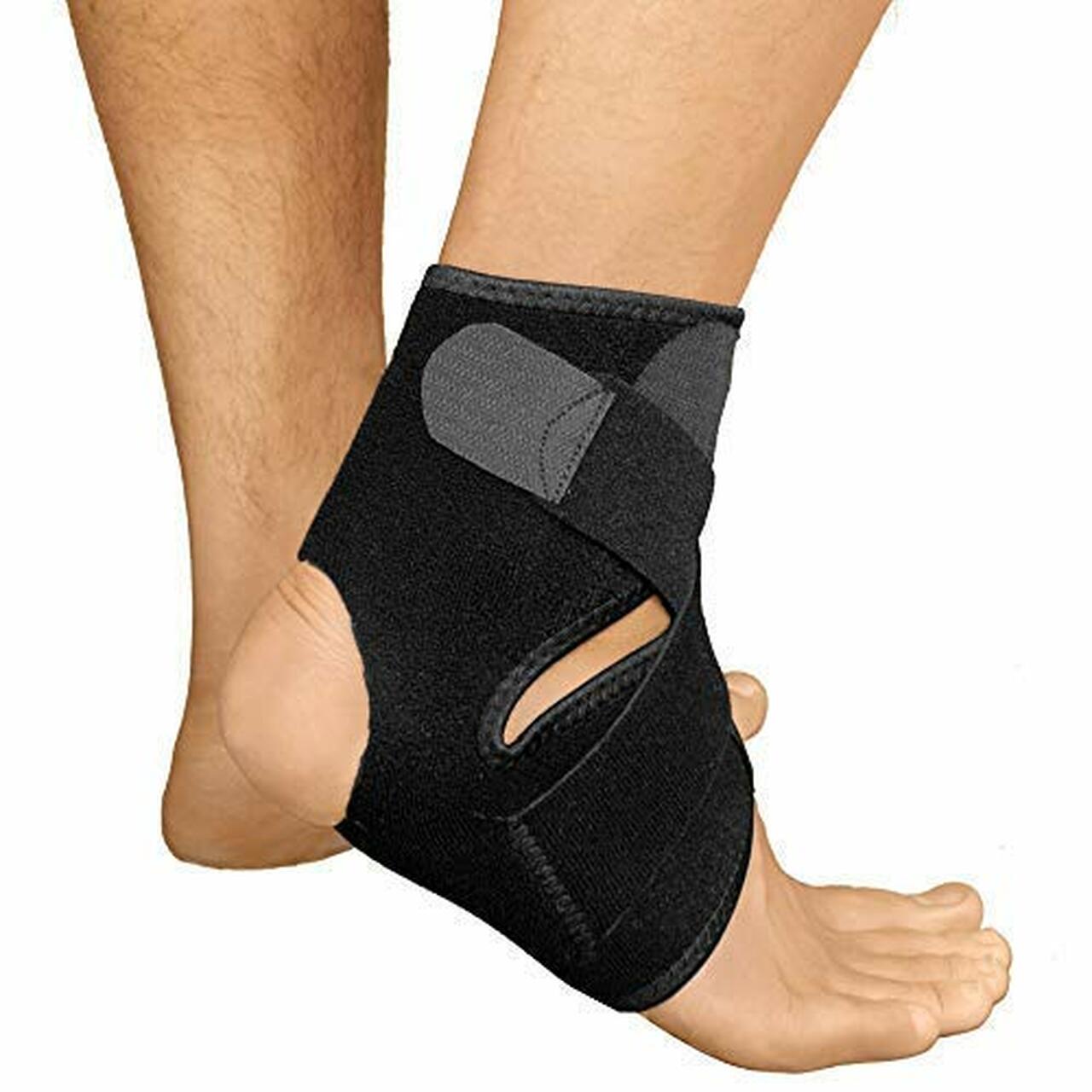

#Should you wear knee brace to bed how to
Learn more about how to manage postoperative pain. Do not stop using medication unless your physician says you should. If you have adverse effects, you should contact your doctor. It is essential to keep taking these for as long as the doctor prescribes, even if you feel better. Your doctor will also prescribe medications, such as: When not exercising, your doctor may advise you to raise your knee and apply an ice pack or heat to reduce pain and inflammation. walking as far as you can each day, possibly with crutches or a walker.


working on fully bending and straightening your knee.It’s important to resume normal activities as soon as possible after leaving the hospital.Įarly goals you can set yourself include: This is potentially a severe complication, but keeping the circulation moving can help reduce the risk.Ĭompression hose or a special stocking can also help prevent clots.įind out more here about the complications of TKR and how to reduce the risk. If a clot breaks off and moves to the lung, a pulmonary embolism can develop. If a blood clot develops in your leg, this is deep vein thrombosis (DVT). Hold for 5–10 seconds, then gently lower. Straight leg raises: Tighten your thigh muscle and raise your leg a few inches, keeping it straight. Repeat 10 times, three or four times a day. Moving your ankles and doing some exercises while lying in bed after surgery can help maintain circulation and reduce the risk of blood clots.Īnkle pumps: Push your foot up and down several times every 5–10 minutes.Īnkle rotations: Move your ankle inward and outward five times, repeating this exercise three to four times each day.īed supported knee bends: Lying down, slide your foot back toward your buttock, keeping your heel on the bed. keep your lungs and bronchial tubes clear.Your doctor or nurse will show you breathing exercises that you need to do after surgery. Learn more about managing constipation after surgery. Your doctor may give you laxatives or stool softeners to ease constipation. Nausea and constipation are common after anesthesia and surgery. You may also receive blood thinners to prevent clots and antibiotics to reduce the risk of infection. The surgeon will give you pain relief medication, usually through an intravenous tube and later either through injections or by mouth. In most cases, your doctor will remove the drain after 2–4 days. a drain to remove fluid buildup around the wound.a large, bulky dressing that will help control swelling.Medications and dressingsĪfter surgery, you will probably wake up from the anesthesia in the recovery room. You may need to stay longer if you are not yet mobile or if other complications develop.

being able to get to and use the bathroom unaided.being able to flex and extend your knee sufficiently.getting around with the help of a walking device.The American Association of Hip and Knee Surgeons (AAHKS) suggest 1 to 3 days.īefore leaving the hospital, most people have to reach certain milestones. After total knee replacement (TKR) surgery, you will probably stay in the hospital for several days, depending on how your recovery progresses.


 0 kommentar(er)
0 kommentar(er)
